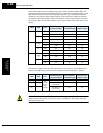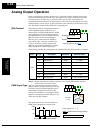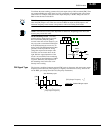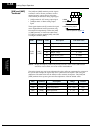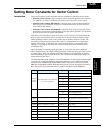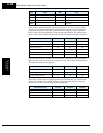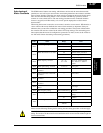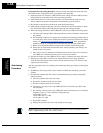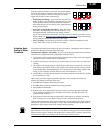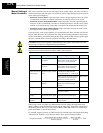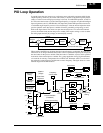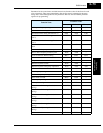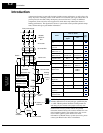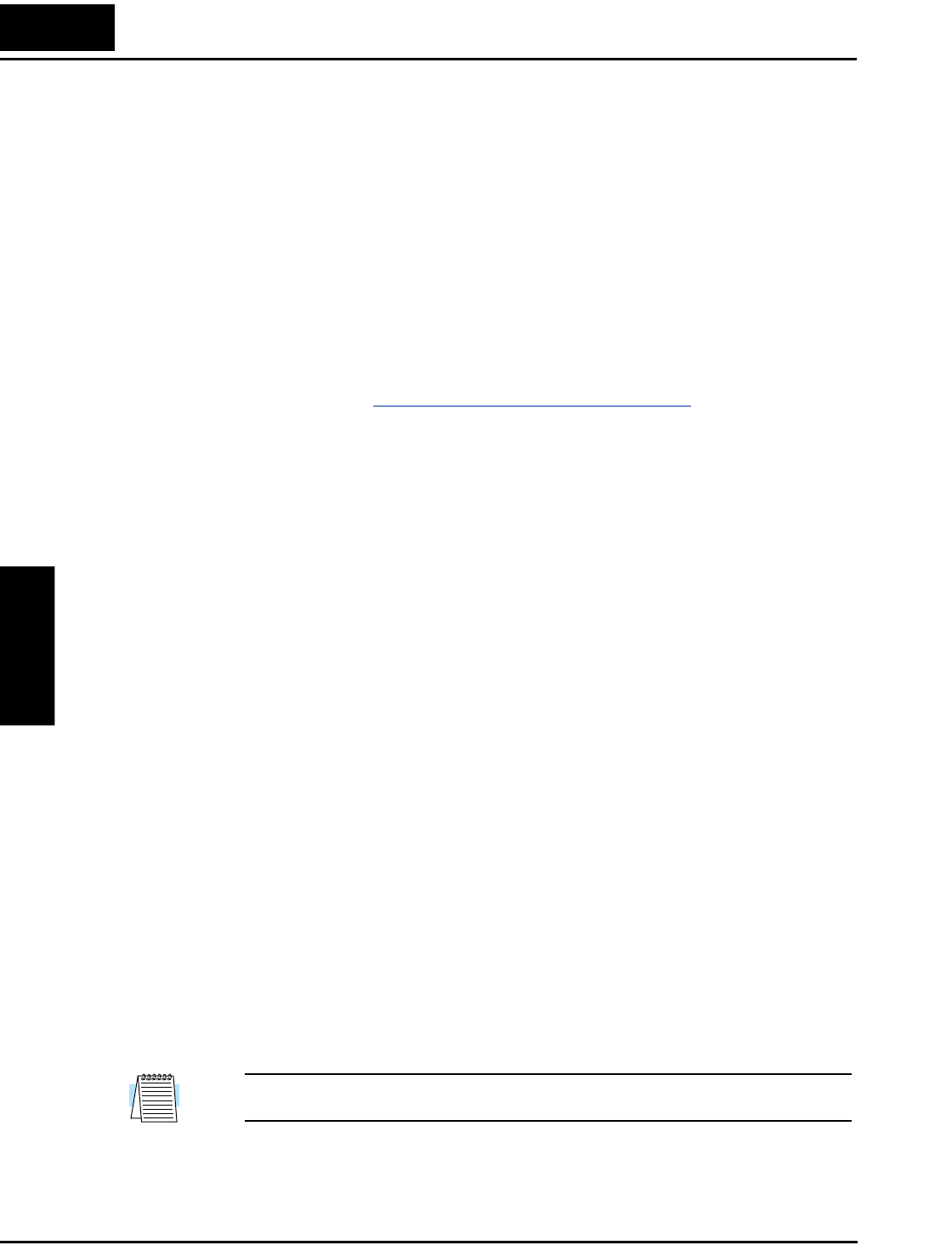
Setting Motor Constants for Vector Control
Operations
and Monitoring
4–68
Preparation for Auto-tuning Procedure – Be sure to study the preparation items and verify
the related inverter configuration before going further in this procedure.
1. Adjust the motor base frequency (A003) and the motor voltage selection (A082) to match
the specifications of the motor used in the auto-tuning procedure.
2. Verify that the motor is not more than one frame size smaller than the rated size for he
inverter. Otherwise, the motor characteristic measurements may be inaccurate.
3. Be sure that no outside force will drive the motor during auto-tuning.
4. If DC braking is enabled (A051=01), the motor constants will not be accurately set. There-
fore, disable DC braking (A051=00) before starting the auto-tuning procedure.
5. When auto-tuning with motor rotation (H002=02), take care to verify the following points:
a. The motor will rotate up to 80% of the base frequency; make sure that this will not cause
any problem.
b. Do not attempt to either run or stop the motor during the auto-tuning procedure unless it
is an emergency. If this occurs, initialize the inverter’s parameters to the factory default
settings (see “
Restoring Factory Default Settings” on page 6–9). Then reprogram the
parameters unique to your application, and initiate the auto-tuning procedure again.
c. Release any mechanical brake that would interfere with the motor rotating freely.
d. Disconnect any mechanical load from the motor. The torque during auto-tuning is not
enough to move some loads.
e. If the motor is part of a mechanism with limited travel (such as lead screw or elevator),
select H001=01 so that the auto-tuning will not cause motor rotation.
6. Note that even when you select H001=01 for no rotation, sometimes the motor will rotate.
7. When using a motor that is one frame size smaller than the inverter rating, enable the
overload restriction function. Then set the overload restriction level to 1.5 times the rated
output current of the motor.
Auto-tuning
Procedure
After the preparations above are complete, perform the auto-tuning procedure by following the
steps below.
1. Set H001=01 (auto-tuning without motor rotation) or H001=02 (auto-tuning with motor
rotation).
2. Turn the Run command ON. The inverter will then automatically sequence through the
following actions:
a. First AC excitation (motor does not rotate)
b. Second AC excitation (motor does not rotate)
c. First DC excitation (motor does not rotate)
d. V/F running—this step occurs only if H001=02 (motor accelerates up to 80% of the
base frequency)
e. SLV running—this step occurs only if H001=02 (motor accelerates up to x% of the base
frequency), where “x” varies with time T during this step:
x=40% when T < 50s
x=20% when 50s < T < 100s
x=10% when T => 100s
f. Second DC excitation
g. Displays the pass/fail result of the auto-tuning (see next page)
NOTE: During the AC and DC motor excitation steps above, you may notice that the motor
makes a slight humming sound. This sound is normal.



